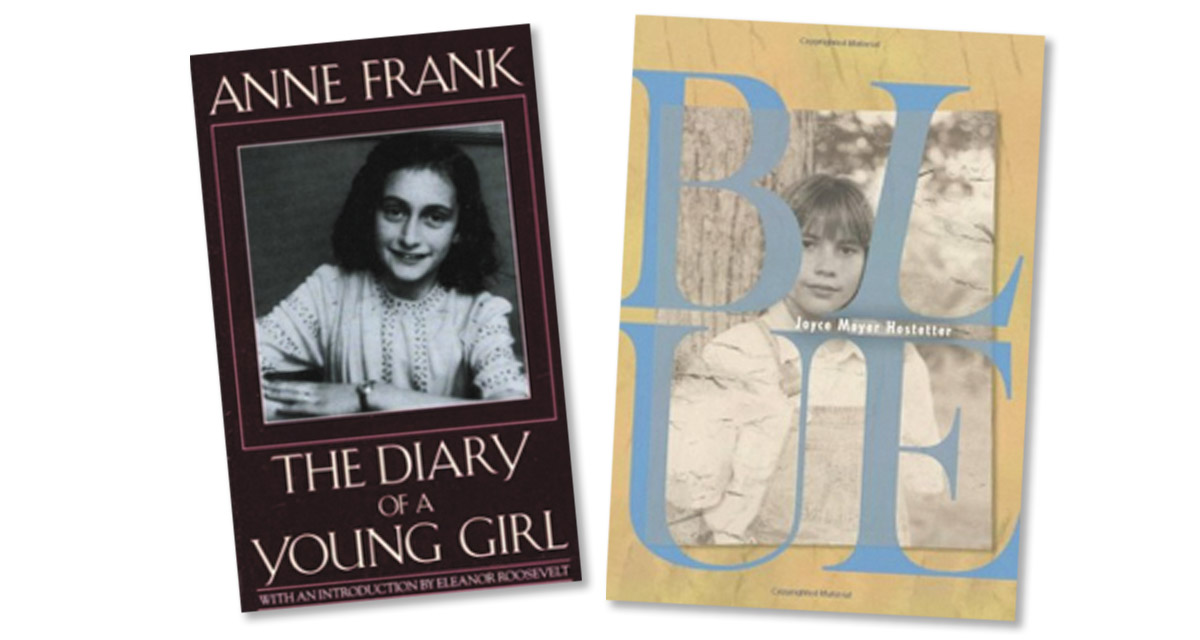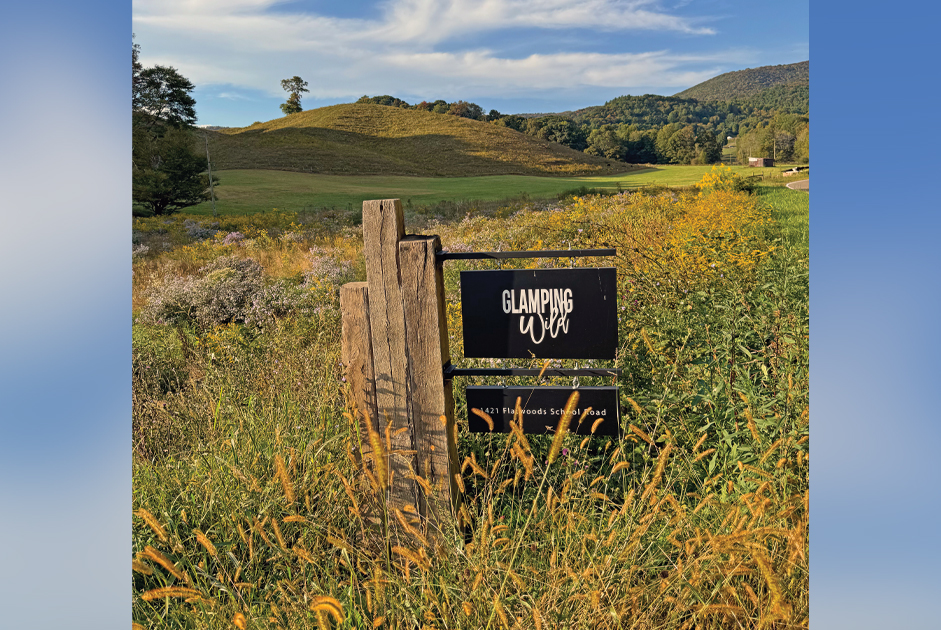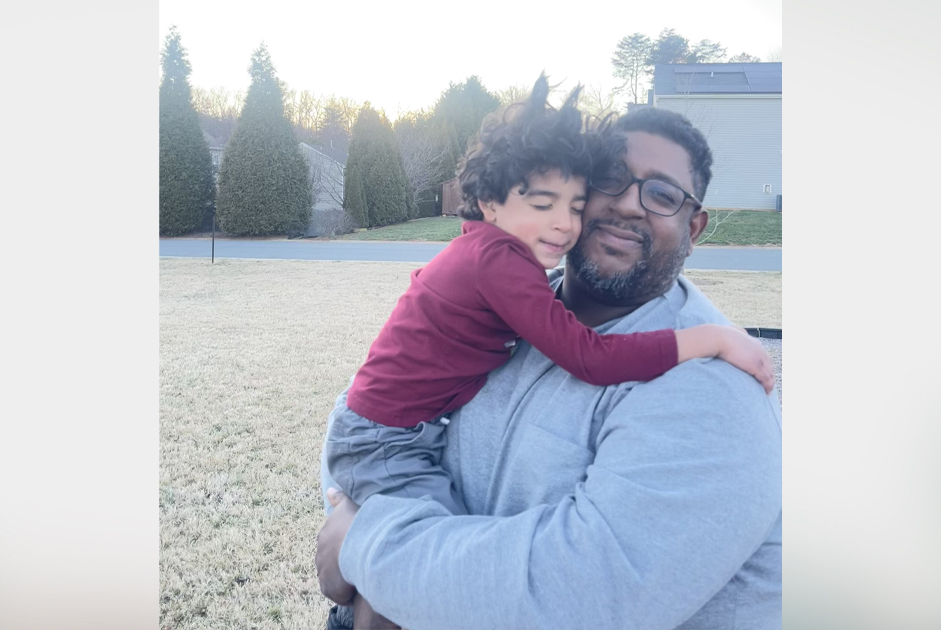Each month, I spotlight two books guaranteed to delight readers and provide fun activities to further extend the meaning of each reading experience. With so many wonderful titles available, this is no easy task! I bring a 35-year teaching career, literacy expertise, and a passion for creating joyful readers and writers to every column I write. I certainly hope you enjoy this month’s picks as much as I do.
SPIRIT OF COURAGE
On a recent trip to Amsterdam, I took a walking tour through the Jewish quarters, ending at the home of Jewish diarist and well-known Holocaust victim, Anne Frank. Important sites and monuments relating to the Nazi occupation and Jewish persecution in the city from 1942–1945 were pointed out along the 3-hour trek, but it was the entries from Anne’s diary along the route that helped to bring this chapter of Dutch history to life in a very personal way. Hearing the words penned by this courageous thirteen-year-old gave a true sense of just how horrifying times were for the Jewish community under Hitler’s reign and the Dutch underground who risked their lives to hide the Jews.
The long trip home was filled with delays and layovers which afforded me time to read an additional book (I always pack more books than I can read…just in case). On the heels of the visit to Anne Frank’s house, I was still processing this most unimaginable period in human history and decided to read a relatively little-known title centered on WWII—Blue,by Joyce Hostetter. This story, like the Diary of Anne Frank,is told from the perspective of a thirteen-year-old girl, Ann Fay. Thousands of miles away from Amsterdam in Hickory, North Carolina, Ann Fay is asked to accept the role of “man of the house” when her father leaves to fight the German forces. This first-hand account of the challenges of war and the 1944 Hickory polio epidemic brings the hardships to life in a way that a list of facts and dry commentaries simply cannot.
Eight Elements of Courage:*
- Self-confidence: you know who you are and what you stand for;
- Integrity: you know the difference between right and wrong;
- Leadership: you are not afraid of what people think of you;
- Conviction: you are passionate about your beliefs and values;
- Compassion: you put others’ needs ahead of your own;
- Change master: you are willing to step outside your comfort zone;
- Embrace the unknown: you follow your instincts;
- Action: you act, rather than just talk about doing something.
*(source: franksonnenbergonline)
You gain strength, courage, and confidence by every experience in which you really stop to look fear in the face. You must do the thing you think you cannot do.~Eleanor Roosevelt
Anne Frank: The Diary of A Young Girl
This memoir of a thirteen-year old Jewish girl and her family who went into hiding during 1942 to escape the cruelty of the Nazis is perhaps the best known and most personally compelling account to come from World War II. Anne provides vivid descriptions of the hardships of living hidden away in the “secret annex” of an old office building—hunger, tight living quarters, boredom, and the daily fear of discovery by the Gestapo. She is a remarkably talented and relatable writer who is able to provide insights into the everyday problems of being a teenager, as well as share a sensitive, thoughtful, spirited, and at times humorous, account of what it means to stand strong and hopeful in times of greatest despair.
Where there’s hope, there’s life. It fills us with fresh courage and makes us strong again.~ Anne Frank
Blue
If you ask folks around here what they remember about the year 1944,
a child might say, “That was the year my daddy went off to fight Hitler.”
…But if you ask me what I remember, I will say it was the time in my life when I learned all of us is fragile as a mimosa blossom. But the miracle of all is, when push comes to shove, we can be just as tough as Hickory. It mostly hurts at first. After a while it starts to feel better.~ Joyce Hostetter
In January 1944, thirteen-year old Ann Fay receives a pair of overalls from her father, who tells her she must be “man of the house” while he is away at war. The novel initially centers on the daily struggles associated with war efforts on the NC home front, but when a polio epidemic strikes Catawba County, the focus shifts to the challenges of this devastating disease, the emergency hospital known as the “Miracle of Hickory,” and the adult responsibilities placed on Ann Fay—taking care of the twins, a large garden, the house, and even her mother, who slips into a deep depression when young Bobby dies from polio. In the midst of courageously facing one struggle after another, Ann Fay is diagnosed with this crippling disease and is admitted to the polio hospital, where others are fighting for their lives. It is her strength and determination to overcome adversity that once again comes shining through.
Extension Activities:
Stories of Courage
During the Holocaust, ordinary non-Jewish people found extraordinary strength and courage to help thousands of Jews survive at all costs. Many are familiar with Anne Frank, but they are not as familiar with Miep Gies, the rescuer who risked her life to hide Anne and her family for two years. Research one or more of the following rescuers to learn more about the immense courage they displayed to protect their Jewish neighbors.
- Bert and Annie Bochove
- John Damski
- Barbara Szymanska Makuch
- Ellen Nielsen
- Mirjam Waterman Pinkhof
- Tina Strobos
- Raoul Wallenberg
Character Traits
Anne Frank writes, “If only I can be myself, I’ll be satisfied.” There are many insightful quotes like this one in the diary entries penned across the two frightening and difficult years Anne and her family hid in a “secret annex.” Collectively, her words provide details about her interests, looks, heritage, and feelings as a young teenager caught in the middle of one of the most horrific periods of human history. Create a list of as many character traits as you can based on her memoir. Additionally, record as many traits about yourself as you can and then construct a Venn diagram to compare/contrast yourself to Anne Frank.
DIY Fundraiser
In Blue, Hostetter shines a bright light on the polio epidemic of 1944, the emergency polio hospital dubbed the “Miracle of Hickory,” and historical medical facts about polio and treatments like the painful Kenny packs and physiotherapy. Although there is no cure for polio today, thanks to large sums of money to propel scientific advancements, an effective vaccine has rendered the United States polio-free since 1979. There are many incurable diseases; some unheard-of a decade ago. Although some of these newly discovered diseases are treatable, they are presently incurable. Investigate one of the following and plan an event that involves your family, friends, and perhaps community in raising funds to further scientific advancements toward finding a cure.
- Diabetes
- AIDS
- Asthma
- Cancer
- Lupus




















